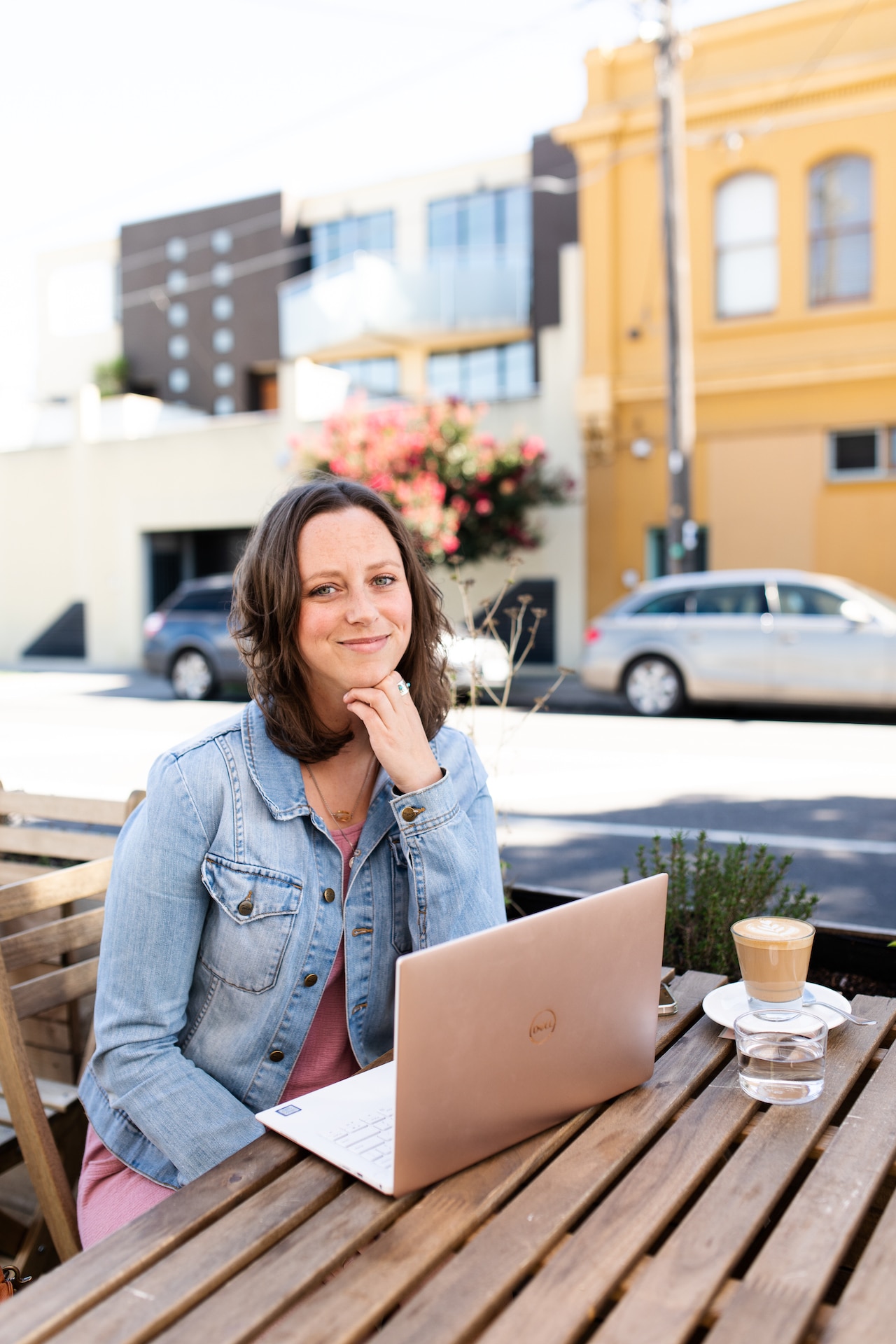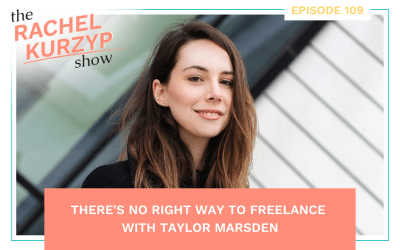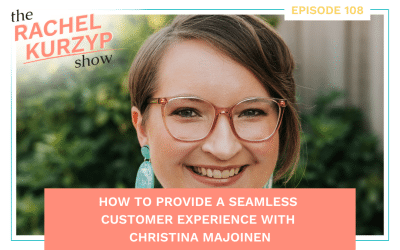Writing a good lead is important. A poor lead equals a bored reader. It can be hard to come up with new and interesting ways to introduce a news or feature piece so I’ve pulled together the eight most common lead formulas. When you’re not feeling inspired get this blog piece out and jolt your memory, and don’t be afraid to copy the formulas.
Use these common lead formulas
1. Summary lead – This is the most common and widely used lead, especially in newspapers. Summary leads state the facts and include the who, where, what, when, why and how of the event or situation.
E.g. – “A suspected bomb threat prompted the United Kingdom to issue a Europe-wide travel alert Friday, just a day after it announced that it would reopen its 10 major airports this weekend.”
2. Punch lead – This lead uses strong verbs and short sentences to create an impact, making readers sit up and take notice. The punch lead is most often used in news stories but can also be used in news features where you want to convey a hard-hitting message to your readers or to reveal an important piece of information.
E.g. — “The President is dead.”
3. Contrast lead – The contrast lead uses two different thoughts or two sentences that are opposite to each other to make a strong statement. The contrast in the lead is used to deliver a point about a particular event, person or situation. Contrast leads are used for all kind of stories – news, features, and reviews but not often for breaking news.
E.g. – “500,000 are without food in Tanzania while the president and his associates enjoyed an exotic banquet to celebrate his birthday last night.”
4. Anecdotal lead – This lead uses an interesting anecdote to capture the readers’ attention where statistics and facts wouldn’t be as effective. The anecdotal lead is rarely used for breaking news but works well for both soft stories and news-based features.
E.g. – “Beth Martin was growing more desperate as she sank deeper into depression. Unable to find the strength to bathe, dress, or leave the house, she would call her friend from her bed, not wanting to be alone or forgotten.”
5. Descriptive lead – This lead describes the scene or person that makes up the subject of the story in great detail. The descriptive lead is used to create a visual impact and works best in features.
E.g – “The train continued along its route at 80 km making it hard for the passenger to cling onto the sharp metal doors, and when Roger Buckley got ready to pull him to safety, the morning sun reflected bright sparks of colours into his eyes temporarily blinding him.”
6. Direct address lead – This lead speaks directly to the readers’ and encourages them to continue reading because it’s addressing some need or problem they have. This lead works best in features.
E.g. – “Are you a morning person? Those who are tend to be less creative. But don’t worry you can fix that.”
7. Why lead – A why lead emphasizes the “cause” and is combined with the “what.” It’s a great way to lead into a human-interest feature.
E.g. – “They told Bob Honey he’d never be a chef. After all, he had only one hand.”
8. Question lead – A good question lead makes readers want to keep reading so they learn the answer to your question. This lead can be used for both news-based and human-interest features.
E.g. – “Why do children who have been terrible toddlers become more grounded adults?”
Featured image from Google.





